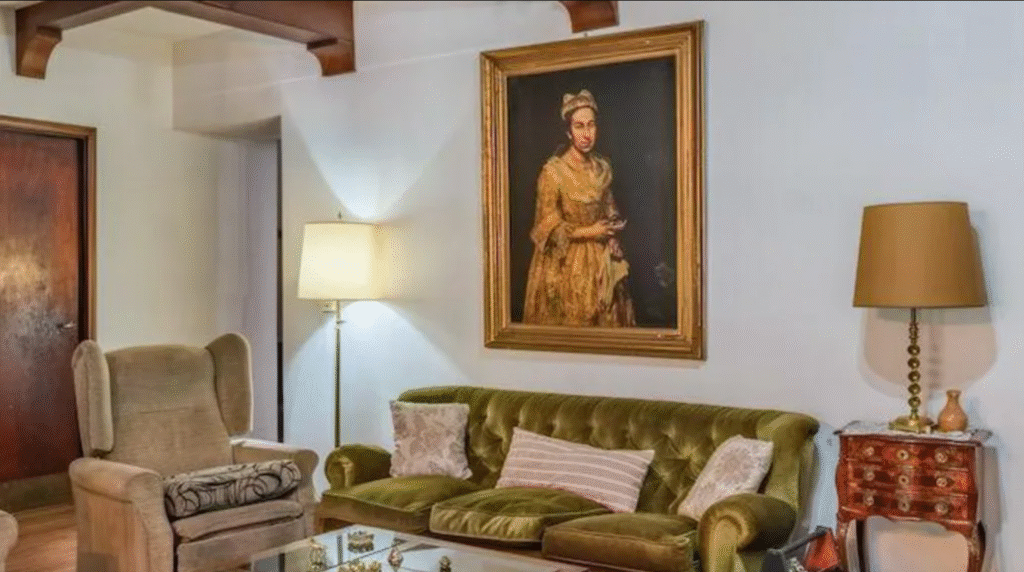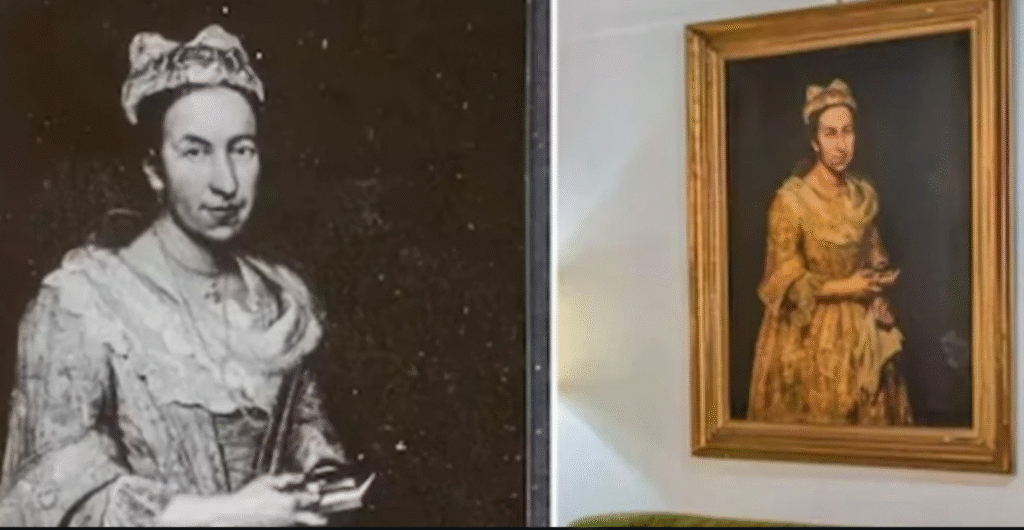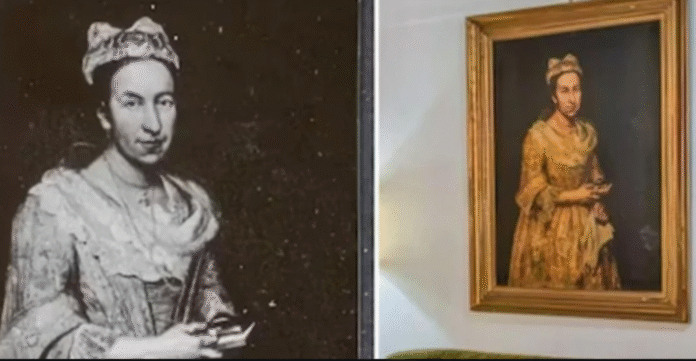Nazi Looted Artwork Resurfaces After Eight Decades
Nazi looted artwork has once again surfaced, this time in one of the most unexpected places, a luxury property listing in Argentina. After 80 years of being considered lost, the painting Portrait of a Lady by Italian master Giuseppe Ghislandi was spotted hanging above a sofa in an estate agent’s advertisement.
The discovery has shocked historians, collectors, and cultural preservationists, reigniting conversations about the fate of thousands of art treasures stolen during World War II.
This painting was originally owned by Jewish art dealer Jacques Goudstikker, who lost his massive collection of masterpieces when the Nazis seized his works during their occupation of the Netherlands.

Nazi Looted Artwork and Jacques Goudstikker’s Legacy
The story of Nazi looted artwork cannot be told without revisiting the tragedy of Jacques Goudstikker. He was a renowned Dutch art dealer who not only collected some of Europe’s finest works but also helped other Jews escape Nazi persecution.
Tragically, Goudstikker died at sea in 1940 while fleeing the Netherlands. His collection, over 1,100 works of art, was forcefully sold to high-ranking Nazi officials, including Hermann Göring, Adolf Hitler’s second-in-command.
Although more than 200 pieces were eventually recovered after the war, a significant number vanished into private collections. Many, like Ghislandi’s Portrait of a Lady, were never seen again, until now.
Nazi Looted Artwork Found in Argentina Estate
The rediscovery happened purely by accident. According to Dutch newspaper AD, the painting was identified when the daughter of Friedrich Kadgien, a Nazi SS officer and financial aide to Göring, listed her family’s property for sale near Buenos Aires.
The online photos of the estate revealed the unmistakable portrait above a living room sofa. Experts from the Cultural Heritage Agency of the Netherlands (RCE) reviewed the images and confirmed there was “no reason to believe this was a copy.”
Kadgien fled Europe in 1945, first to Switzerland, then Brazil, and finally Argentina, where he lived as a wealthy businessman until his death in 1979. US intelligence records described him as a “snake of the lowest sort” and hinted that he possessed vast hidden assets.
Now, one of those “assets” appears to be Nazi looted artwork.
More Nazi Looted Artwork Linked to the Family
Interestingly, the Ghislandi portrait wasn’t the only discovery. Investigators also spotted a floral still life by Dutch painter Abraham Mignon on one of the daughters’ social media pages.
This suggests that the Kadgien family home may contain multiple stolen artworks from Goudstikker’s collection, raising hopes, and legal challenges, for their recovery.
However, the daughters have denied any knowledge of the paintings’ history, with one reportedly saying, “I don’t know what painting you are talking about.”

The Fight to Reclaim Nazi Looted Artwork
Lawyers representing the Goudstikker estate have already announced their intent to reclaim the rediscovered pieces. Marei von Saher, Goudstikker’s daughter-in-law and heir, vowed to continue fighting for restitution.
“My family aims to bring back every single artwork robbed from Jacques’ collection, and to restore his legacy,” she said.
The battle for looted art has been ongoing for decades. Institutions such as the Tate Britain have returned stolen works in recent years, but private collections, often hidden for generations, remain the toughest to trace.
Why Nazi Looted Artwork Still Matters Today
The case of Nazi looted artwork highlights more than just missing paintings. It speaks to the cultural erasure and personal tragedies suffered by Jewish families during the Holocaust.
Art was not only stolen for its monetary value but also to strip Jewish communities of their identity and heritage. Many descendants, like von Saher, see restitution as both a legal and moral duty.
Globally, more than 100,000 works of art are still considered missing from World War II looting. Organizations such as the Monuments Men Foundation and the Lost Art Database continue to track them.
For art historians and collectors, each rediscovery, like this one in Argentina, brings hope that justice can still be served, even after eight decades.
Conclusion: The Ongoing Hunt for Nazi Looted Artwork
The rediscovery of Nazi looted artwork in Argentina shows that the past still casts long shadows. While governments, museums, and heirs fight to reclaim lost treasures, many remain hidden in private homes, galleries, and vaults around the world.
The Ghislandi portrait may be just the beginning. If more pieces from Goudstikker’s collection emerge, it could lead to one of the most significant restitution cases in decades.
As international pressure builds, the question remains: Will families like Kadgien’s return these works voluntarily, or will the courts be forced to step in?

